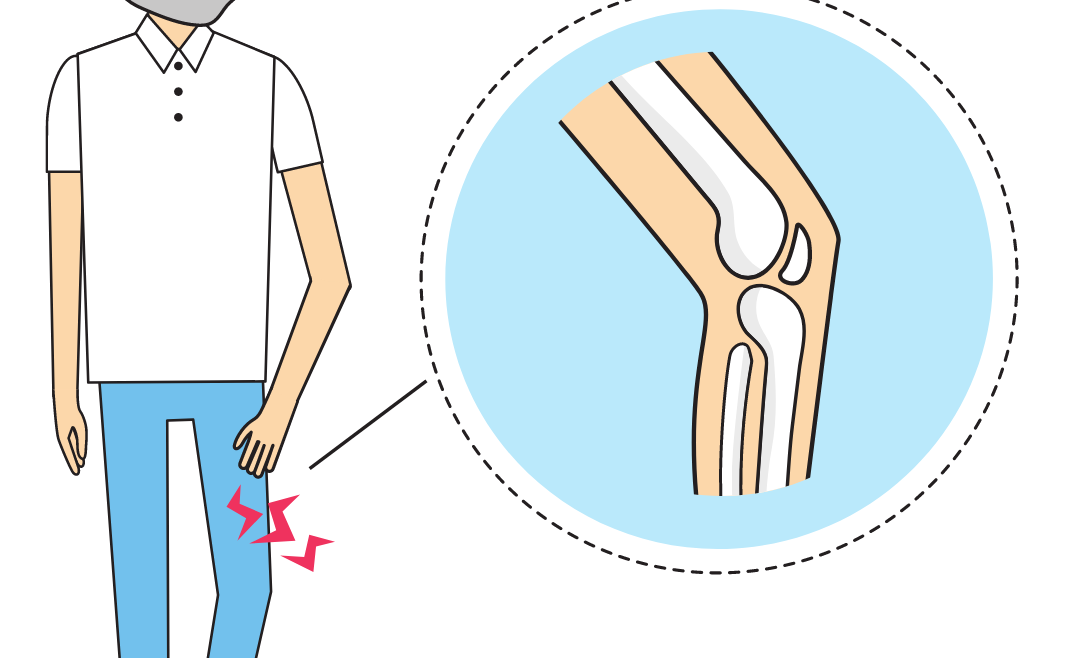| Total knee replacement implants may fail after 15 years, or occasionally sooner. The parts may come loose or they may wear out. In either case an operation will be required to replace the damaged part or even the entire implant.
In this surgery, simple liner exchange tochanging one or all of the components may be required. Extra bone (cadaver bone) may need to be used to make up for any bone loss. |
|
|
 |
| Indications: |
|
|
 |
Plastic (Polyethylene) Wear. This Is One Of The Easier Revisions Where Only The Plastic Insert Is Changed. |
|
|
 |
Instability Which Means The Knee Is Not Stable And May Be Giving Way Or Not Feel Safe When You Walk. |
|
|
 |
Loosening Of Either The Femoral, Tibial Or Patella Component. This Usually Presents As Pain But May Be Asymptomatic. It Is For This Reason Why You Must Have Your Joint Followed Up For Life As There Can Be Changes On X-Ray That Indicate That The Knee Should Be Revised Despite Having Any Symptoms. |
|
|
 |
Infection Usually Presents As Pain But May Present As Swelling Or An Acute Fever. |
|
|
 |
Osteolysis (Bone Loss). This Can Occur Due To Particles Being Released Into The Knee Joints Which Result In Bone Being Destroyed. |
|
|
 |
Stiffness- This Is Difficult To Improve With Revision But Can Be Helped With The Right Indications. |
|
|
|
| Complications And Risks: |
|
- Dvt
- Infection
- Stiffness
- Dislocation
- Patella Dislocation
- Preiprosthetic Fracture
- Losening
- Rsd
|
|
| Contra-Indications: |
- Dementia Or Other Severe Mental Disorder
- Severe Vascular Disease
- Poor Condition Of The Skin Covering The Knee
- Extreme Obesity
- Paralysis Of The Quadriceps Muscles
- Terminal Illness
|
|
| After Care – Aftercare Is Essentially The Same As For Knee Replacement Surgery. |
|
| Revision Surgery Is Much More Complex And Technically Much More Difficult Than First-Time Surgery, And Requires Prolonged Operating Time And Recovery Also Gets Prolonged. |
|
| It May Also Require An Increase In The Length Of The Hospital Stay. The Magnitude Of This Surgery Depends On The Difficulty Of Prosthesis Removal And On The Quality And Quantity Of Bone Left Behind After The Implant Has Been Removed. The Revision Operation May Require Bone Grafts From A Bone Bank To Be Used. A Custom Prosthesis Is Sometimes Needed (A Prosthesis Specially Manufactured For A Specific Patient). Patients Who Have Had Knee Revision Operations Are Frequently Advised To Continue The Use Of A Full-Time Support (Such As A Cane), In Order To Protect The Replacement. This Is Especially True Of Those Who Are Older Than 70, Have Higher Activity Levels, Increased Weight, And Other Stress Factors. |
|
| These Complex Operations Are Much Riskier Than First-Time Knee Replacement Surgeries. All The Risks Associated With First-Time Knee Replacement Are Present, But The Chances Of These Complications Occurring Are Greatly Increased. |
|
| There Is A Chance That Your Leg May Be Shorter Than It Was Before The Operation; There Is Also A Great Risk That The Alignment Of The Leg Will Not Be Entirely Normal. There Is Also A Good Chance That The Range Of Motion In The Knee Will Be Much Less Than After A First-Time Knee Replacement. These Technically Demanding Operations Should Be Performed By A Surgeon Skilled And Experienced In Both First-Time Knee Replacement Surgery And Revision Surgery. |
|
| Third and fourth revision may require tumour implants. |



